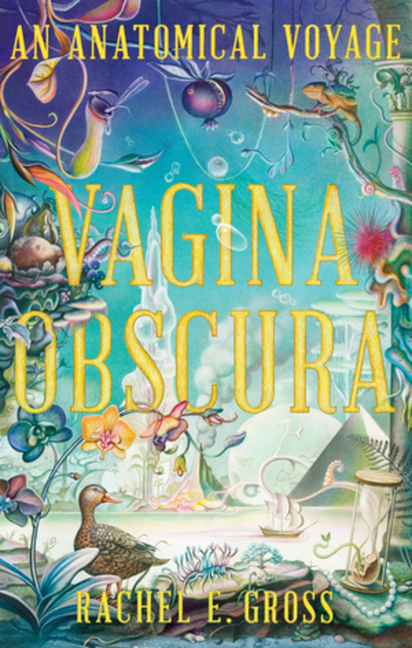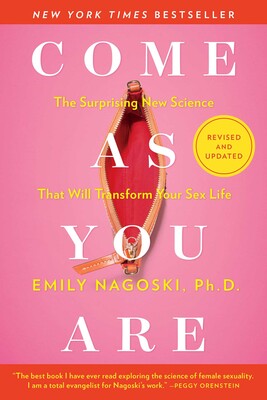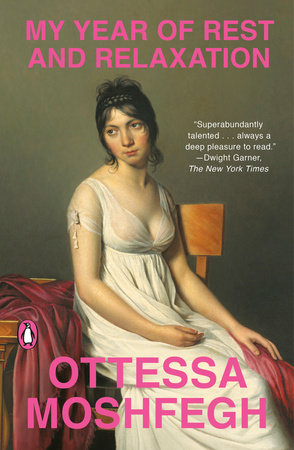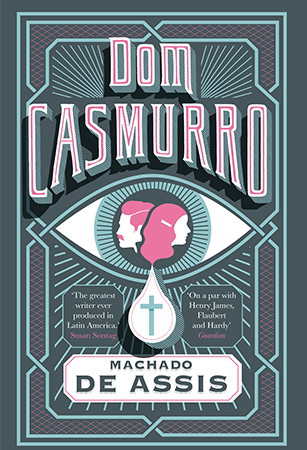
"A myth-busting voyage into the female body.
A camera obscura reflects the world back but dimmer and inverted. Similarly, science has long viewed woman through a warped lens, one focused narrowly on her capacity for reproduction. As a result, there exists a vast knowledge gap when it comes to what we know about half of the bodies on the planet.
That is finally changing. Today, a new generation of researchers is turning its gaze to the organs traditionally bound up in baby-making―the uterus, ovaries, and vagina―and illuminating them as part of a dynamic, resilient, and ever-changing whole. Welcome to Vagina Obscura, an odyssey into a woman’s body from a fresh perspective, ushering in a whole new cast of characters."
written by Lília
What do we actually know about the female body and its functions? About the vagina, the uterus and the ovaries—their influence on our lives and how we function?
As a woman, I never really thought about the workings of my body. It just is. I learned how it works and to pay attention to its feelings and moods, but I haven’t stopped to analyze why our bodies work the way they do.
In Vagina Obscura, Rachel E. Gross takes us on a voyage of the unknown. Not because the female body is really obscure, but because through the centuries, as medicine evolved, just a few men thought it was worth the trouble. Unlike the male body, the workings of which are obvious to the naked eye, the female body has all its workings on the inside, and it takes commitment to research it.
Up until now, most of the research done on female bodies of different species has been as a way to confirm the biased idea that females adapt to their males. In her book, Rachel E. Gross refutes this concept, presenting it as a misconception. In reality, male bodies are the ones following changes in female bodies: it’s not the male that leads the dance, but the female.
As in Invisible Women by Caroline Criado Perez, Vagina Obscura shows us how prejudiced our world is. It makes clear how women get neglected instead of celebrated and how much we still need to learn about the workings of the female body–in all species!
The work of women in science might not be a new concept, but until recently, their ideas and influence haven’t been accepted or celebrated. With this book, Rachel E. Gross pays homage to the female scientists whose work influences our knowledge and shows us how important—to all of us—the female body and its workings are.
A very illuminating read—for both women and men.










